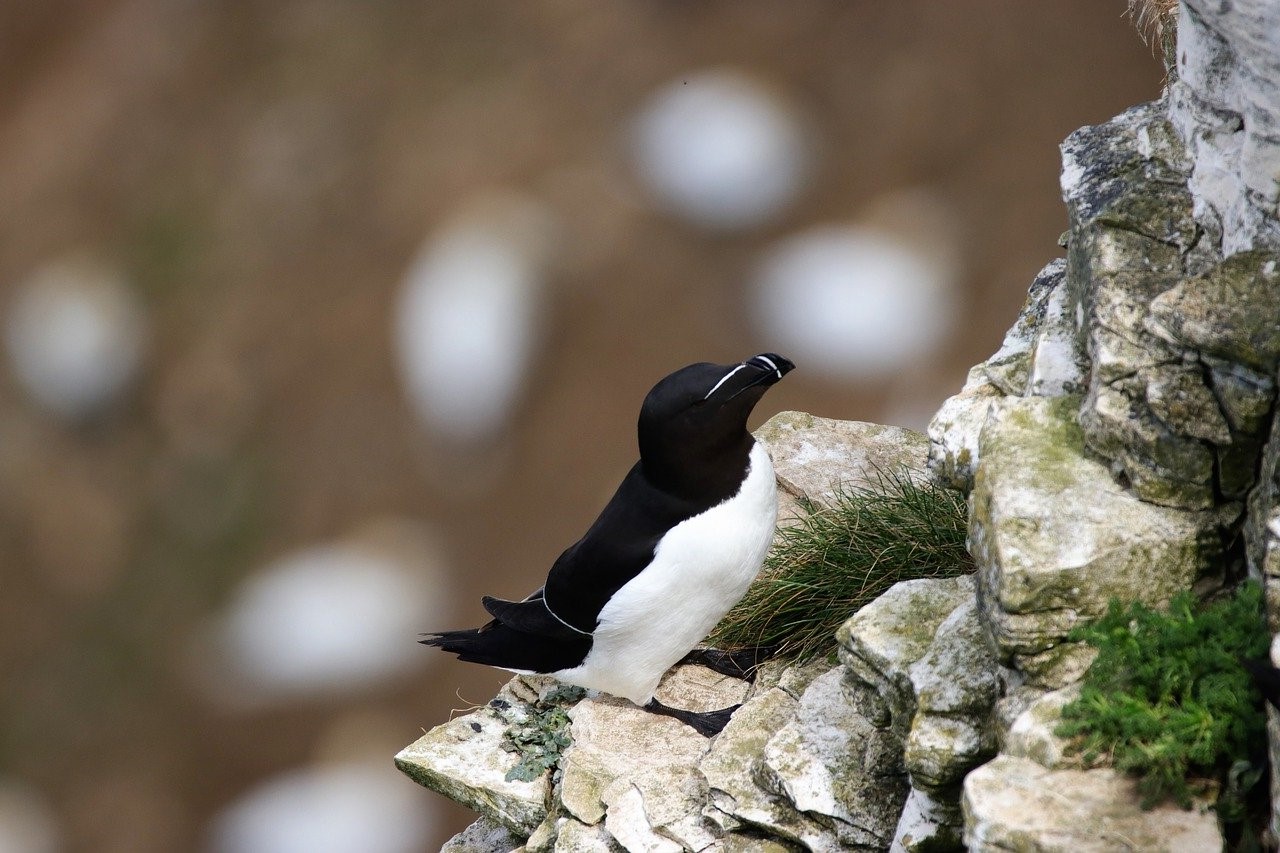Biometrics of Razorbills Alca torda staying during the nonbreeding season in the Polish Baltic zone
DOI:
https://doi.org/10.34080/os.v23.22573Keywords:
fishing, morphology, sexual dimorphism, population differences, by-catchAbstract
Biometrical analysis of Razorbills Alca torda captured or drowned in fishing nets in the Polish economic zone of the Baltic Sea is based on measurements of 98 individuals collected in the non-breeding period (October–April) in 2006–2013. These birds are assumed to represent the breeding population of the Baltic Sea as recoveries show that very few other birds visit that area. Bill depth and wing length of juveniles were much smaller than in older birds which suggests that the final size of these measurements is not achieved during the first winter but continue to increase as the birds grow older. In older birds only total head length and bill length were significantly larger in males than in females. Mean bill depth of Razorbills from the Polish Baltic zone fits well to clinal variation from south-west to north of the European part of the breeding range. However, mean wing length was much larger than expected according to the regression, which might result from differences in measuring technique. On the other hand it cannot be excluded that the Baltic population may actually have longer wings.
Downloads

Downloads
Published
How to Cite
Issue
Section
License
The copyright of each contribution belongs to the author(s), but all contributions are published under a Creative Commons license, so that anyone is free to share and reuse the contribution as long as the copyright holder is attributed.







